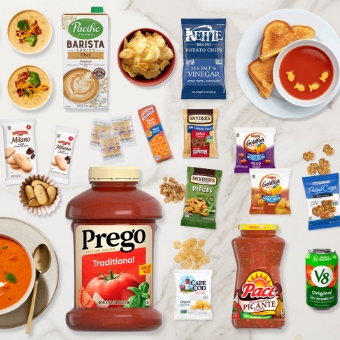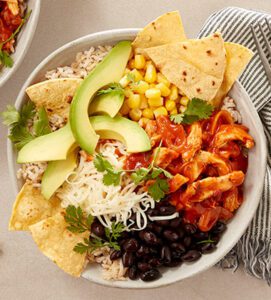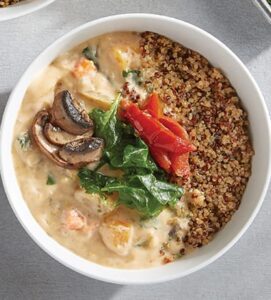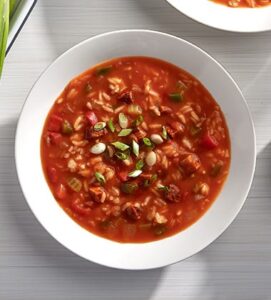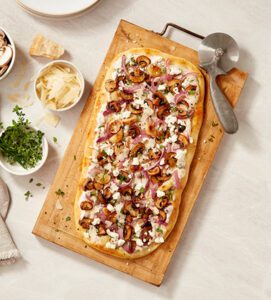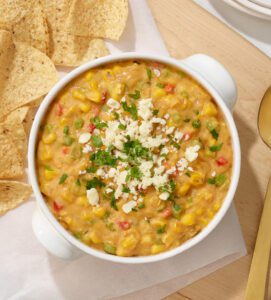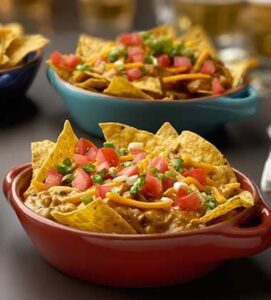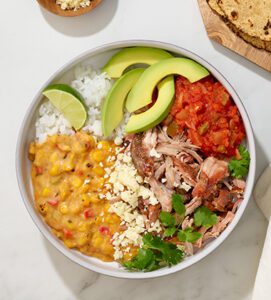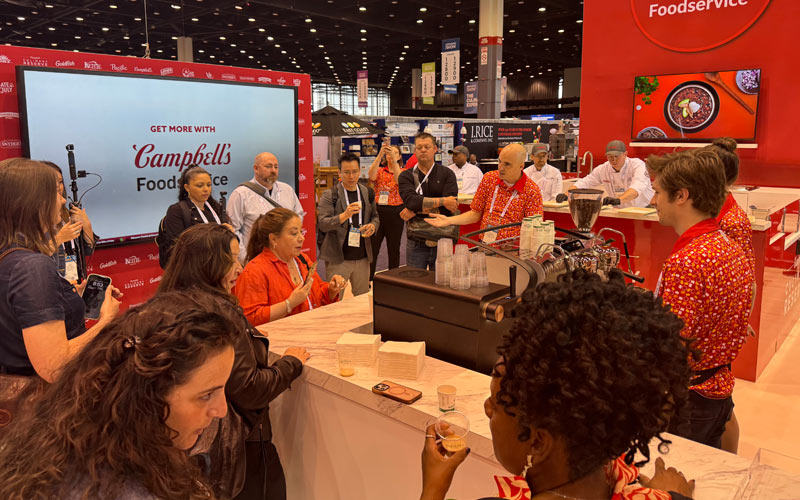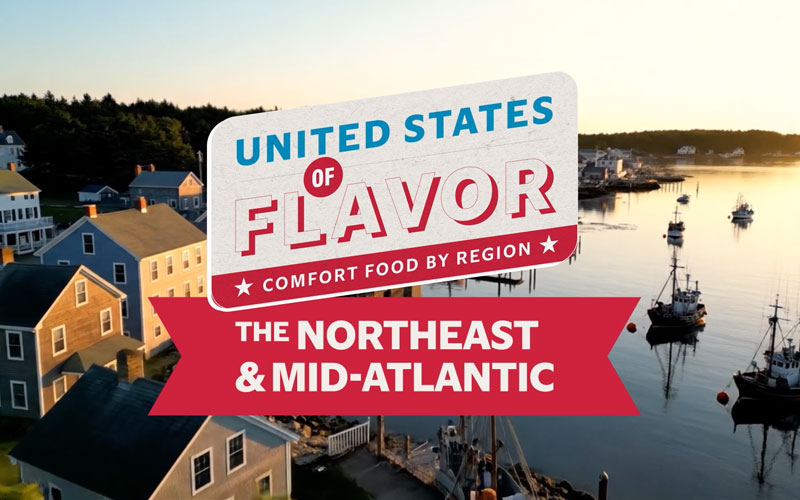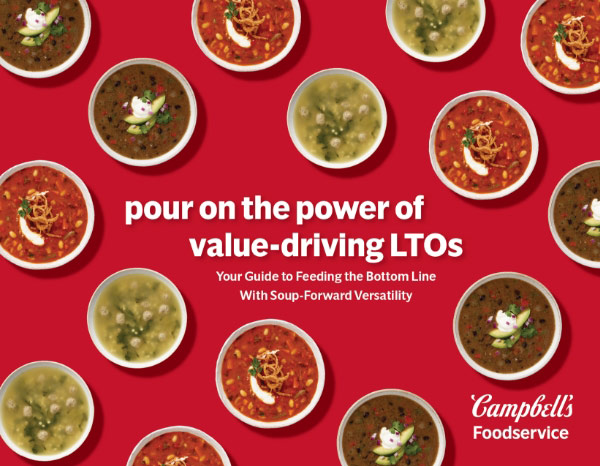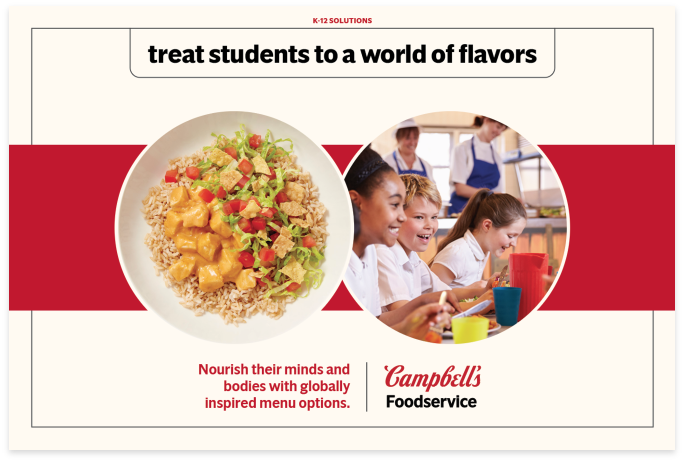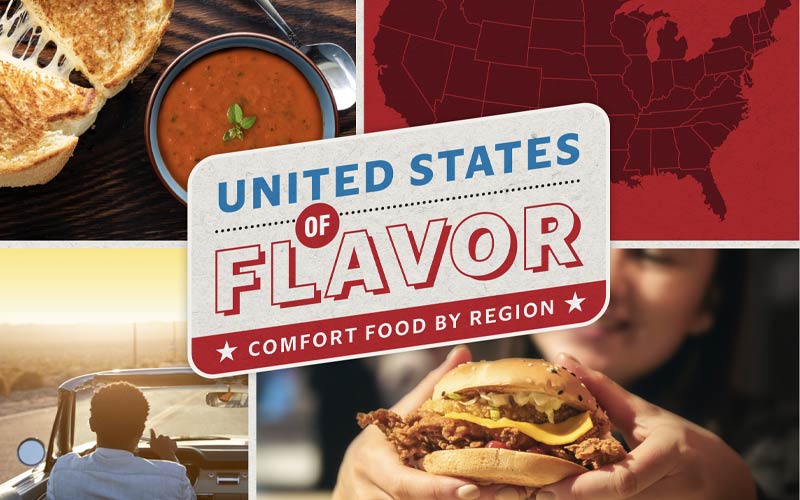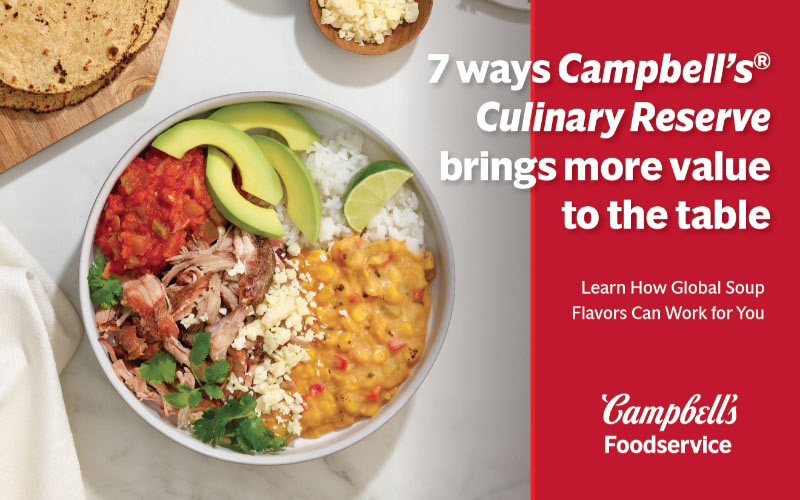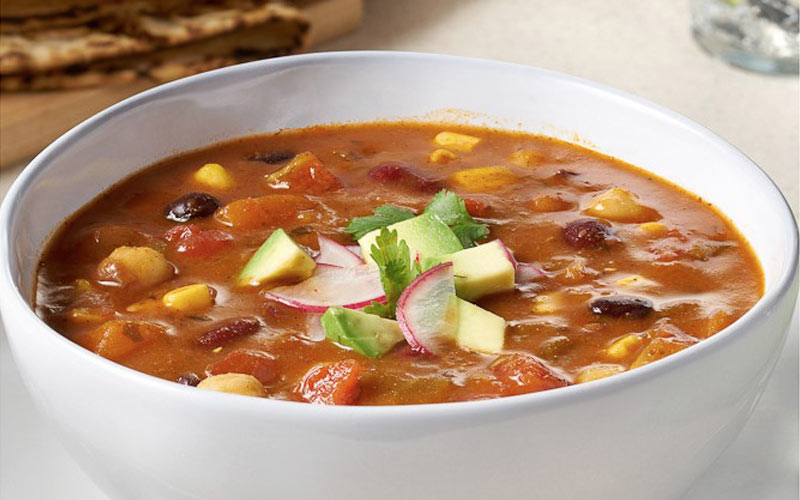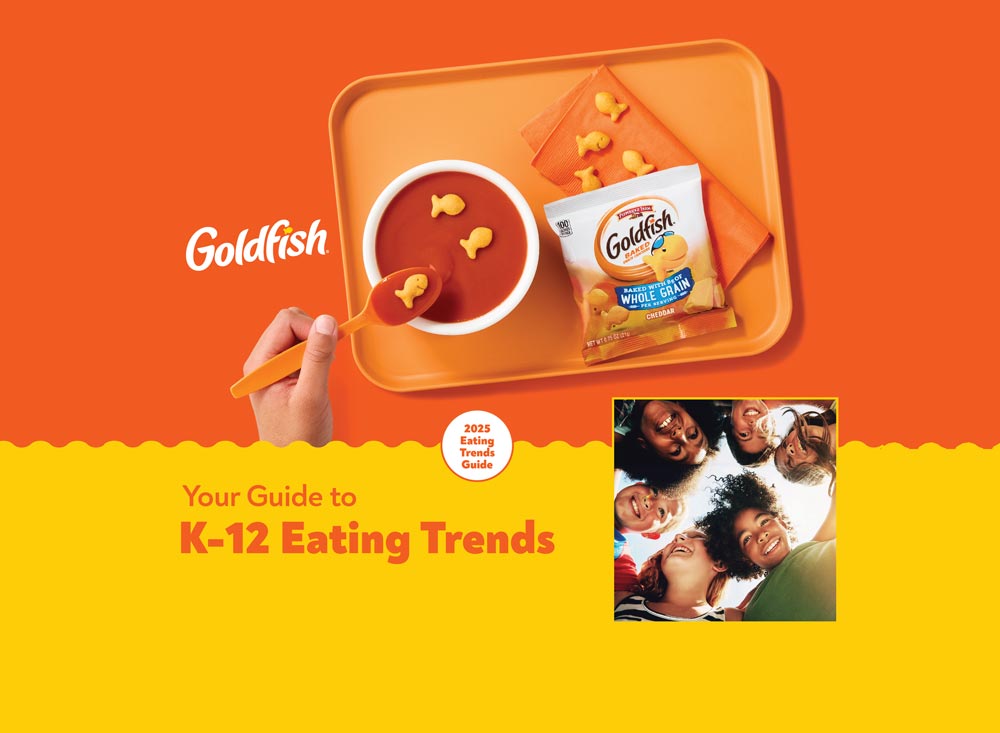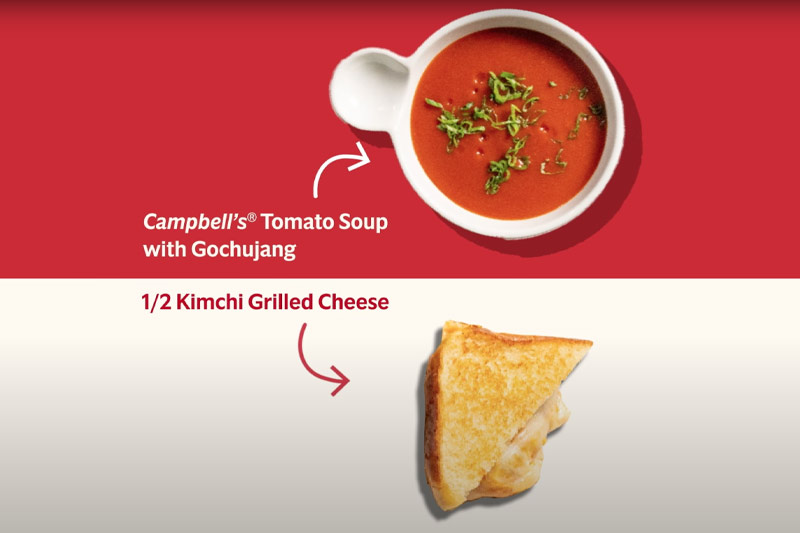Innovation is essential—but authenticity is what keeps guests coming back.
In a dynamic foodservice landscape, staying ahead isn’t just about predicting the next big ingredient—it’s about understanding why it matters. According to the American Culinary Federation’s 2025 Trends Report, presented by Chef and Executive Director Christopher Tanner in a sponsored education session at the National Restaurant Association Show, the next chapter in foodservice will be shaped by cultural storytelling, sustainable innovation, and global creativity. And as he noted, “Trends are a marketing tool—but the most important information comes from first-person research.”
1. Soulful Soul Food: Leaning Into Storytelling
The “Soulful Soul Food” trend leads the list—and for good reason. Consumers are craving authentic, culturally rooted dishes, but they’re also looking for options that align with today’s wellness goals. In response, chefs across the country are reimagining traditional Southern and Caribbean-inspired fare with healthier interpretations, global influences, and a focus on storytelling.
Dooky Chase’s in New Orleans, Louisiana, which Chef Tanner highlighted as a shining example, is serving dishes inspired by family history while engaging diners with the cultural background of the food. This combination of modern fusion, cultural revival, and lighter comfort food is driving the future of heritage cuisine.
What it means for operators: This trend presents a timely opportunity to refresh menus with offerings that resonate culturally and meet modern wellness expectations. Today’s diners—especially in non-commercial and on-site settings—are looking for meals that balance bold, authentic flavor with lighter, better-for-you ingredients. By incorporating heritage-inspired dishes with a contemporary twist, operators can cater to evolving tastes while telling a meaningful story through food.
2. Global Pizza Inspirations: The Slice Goes International
Pizza is still a crowd favorite, but it’s being taken in bold new directions. Think masala pizza with Indian spices, or pizza topped with plant-based proteins and locally sourced vegetables. Artisan crusts and interactive presentations—like build-your-own boards or tasting flights—are emerging as playful, engaging ways to rethink the pie.
However, saturation is real. To cut through the noise, pizza concepts need a clear hook, global flavor identity, and commitment to craftsmanship. For example, PizzaMaster served up slices of its signature deep dish pizza at its booth, showcasing a variety of toppings from around the world cooked to perfection in its state-of-the-art oven.
What it means for operators: Offer pizzas or flatbreads that reflect specific global regions, and consider pairing them with soups or sides that reinforce the cultural theme—such as a Mediterranean flatbread served with a lemon-lentil soup for a cohesive, globally inspired lunch.
3. Sustainability & Electrification: A Greener Kitchen Future
Sustainability continues to shape the future of foodservice, with a strong focus on kitchen electrification, waste reduction, and eco-conscious design. Cities like New York are evaluating bans on gas stoves, and restaurants are increasingly investing in net-zero equipment, compostable materials, and energy-efficient operations. This was reflected at the 2025 National Restaurant Association Show, where a significant number of booths spotlighted eco-friendly and compostable cutlery, bowls, and plates, signaling industry-wide momentum toward greener dining solutions.
What it means for operators: Sustainability is key. As consumers demand transparency, offering responsibly sourced, lower-impact menu items—like soups made with sustainable meat or vegetables—can add value. Products that reduce prep waste and streamline back-of-house operations also support green goals.
4. Culinary Tech Integration: Smarter, More Personalized Kitchens
Technology is moving into the kitchen—literally. From AI-assisted meal planning to data-driven cooking, robotics, and augmented reality, the back-of-house is becoming more efficient, precise, and customizable. However, as Chef Tanner put it, “AI is only as good as you are. You have to play around with it.”
What it means for operators: Tools that support recipe development, inventory management, and personalized nutrition are becoming table stakes. For foodservice manufacturers, this means offering flexible products that integrate into tech-enhanced operations—like ready-to-serve soups that adapt to different dayparts or flavor profiles.
5. The Vegetable Renaissance & Comfort Reimagined
Vegetable-forward cooking isn’t new—but now, it’s mainstream. Nearly every restaurant features veggie-centric dishes, often influenced by global flavors, grilling, fermentation, and other bold techniques. Meanwhile, plant-based comfort foods—such as jackfruit BBQ or zucchini lasagna—are illustrating how diners engage with healthful eating.
This movement also includes innovations like veggies in beverages and desserts, a sign that vegetables aren’t just for side dishes anymore. In 2026, we’ll see desserts made with ingredients like beet, avocado, and sweet potato, adding natural sweetness and depth. From carrot halva parfaits to corn gelato, veggie-forward treats are offering a healthier, more adventurous way to end the meal.
What it means for operators: Menus that highlight plant-forward options with bold seasoning, international flair, and hearty textures will continue to win. Pairing these items with globally inspired soups and sides can help create satisfying, high-flavor, meatless meals that appeal to a broad range of diners.
6. Beyond the Usual: Pickles, Spice, Raw Fish, and Functional Beverages
Rounding out the top trends are several specific food movements that reflect evolving consumer curiosity:
- Pickles Galore: Global pickling styles and surprising pairings (like pickled fruit cocktails) are gaining steam.
- The Spicy Revolution: Flavor-first heat is in. Diners want spice with complexity, global roots, and customization, especially when it comes to snacks. We’re seeing more Sriracha-flavored chips and layered flavor profiles hitting the market.
- Raw Fish Rave: Poke bowls and sashimi are expanding into fast casual and beyond—now with sustainable sourcing and premium presentation.
- Nourishing Beverages: Low-alcohol drinks, plant-based sips and cultural refreshments (like horchata and sakura tea) are creating a new tier of wellness-focused drinks.
The Bottom Line: Connection Is the True Trend
Across every trend, one common thread stands out: connection. Whether it’s to culture, sustainability, technology, or wellness, diners want food that makes them feel something.
For Campbell’s Foodservice, staying on-trend isn’t about chasing headlines—it’s about helping operators create meals that matter. Our products are designed to support that mission—honoring heritage, delivering bold flavor, and simplifying back-of-house execution in a way that meets the moment.
As Chef Tanner said, trends may start as mark

